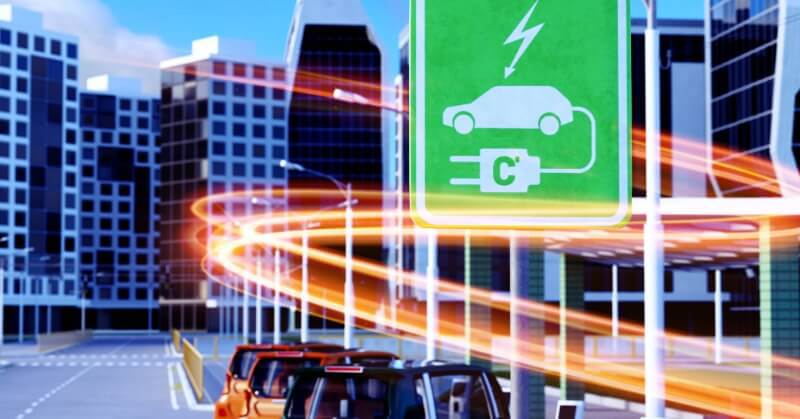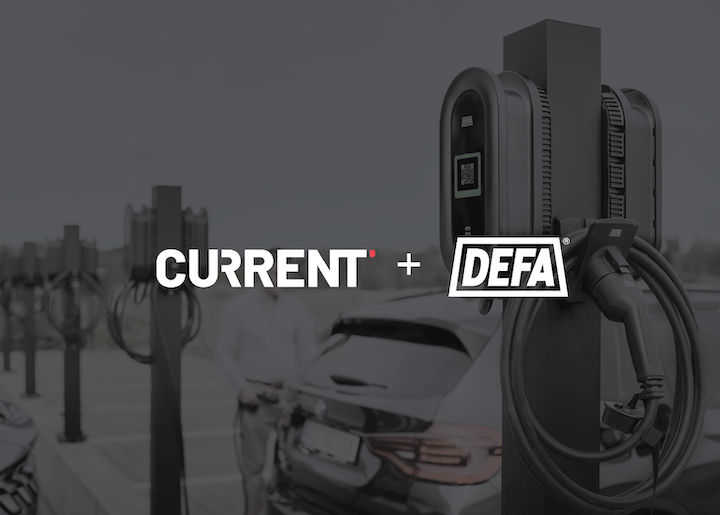
In our recent whitepaper, The Current State of Charge, we looked at how the habits of EV drivers have changed in recent years. One key finding from the report was how often people use DC fast chargers — only 2% of those we surveyed use public fast chargers every day and most people (49%) use them less than once per month.
While there’s still a clear need for DC fast chargers, the industry needs more AC destination chargers too, as these serve people who travel to places with long dwell times — such as retail parks, shopping centres, or cinemas.
What’s the difference between DC and AC charging?
DC fast chargers tend to charge more quickly than their AC counterparts. A fast charger is typically 50 kW or more and these are often found at service stations to serve drivers who need to charge quickly.
Destination chargers, on the other hand, typically charge at a slower rate (from around 7 kW) and are more suited to drivers who don’t need to charge as quickly as possible. These can often be found in places where the user will be spending a few hours or more, which makes up for the longer charging times.
Destination charging is a practical option
We recently looked into the big pain points faced by EV drivers and found that the availability of chargers is still a challenge. The majority of the people we spoke to stated how they’d love to see an AC charger in every single space in a car park. While we might be a little way off this, these people raise a good point. There aren’t enough chargers for the number of EVs on the road today, let alone going forward as we move to mainstream adoption.
The good news for retailers, car park owners, and charge point operators is that AC chargers often cost less to install than a large DC unit. They also take up less space and don’t draw as much power.
Increase customer satisfaction with AC charging
If you run a destination such as a retail park or shopping centre, you’ll be able to increase customer satisfaction by installing multiple AC chargers in place of a single DC one. Not only will more people be able to charge at once, but there’s also no pressure on drivers to move their vehicles after 20-30 minutes to free up the device.
By allowing customers to plug in for two or three hours — maybe more — you can increase the time they spend at your destination. On top of this, you’ll improve the overall customer experience by ensuring those who want to plug in can do so, without the need to queue for a space in front of the single fast charger.
The types of destinations that could benefit from EV charging
The types of locations best suited to destination charging include:
- Retail parks
- Cinemas
- Shopping centres
- Theme parks
- Urban car parks
- Hotels
- Restaurants
- Local attractions
To work out if a location is suitable for an AC charger, think about how long someone will be visiting. If they spend two hours or more at the destination, the dwell time is long enough that even a 7 kW charger could give them the range they need once they’re done with their visit — and some people might choose to extend their stay in order to charge fully.
If you’re considering how electric car charging might benefit your customers and improve the time they spend at your destination, it’s worth considering AC chargers. The right EV charge management software enables you to keep a close eye on power use, streamline maintenance, and optimise your pricing.





